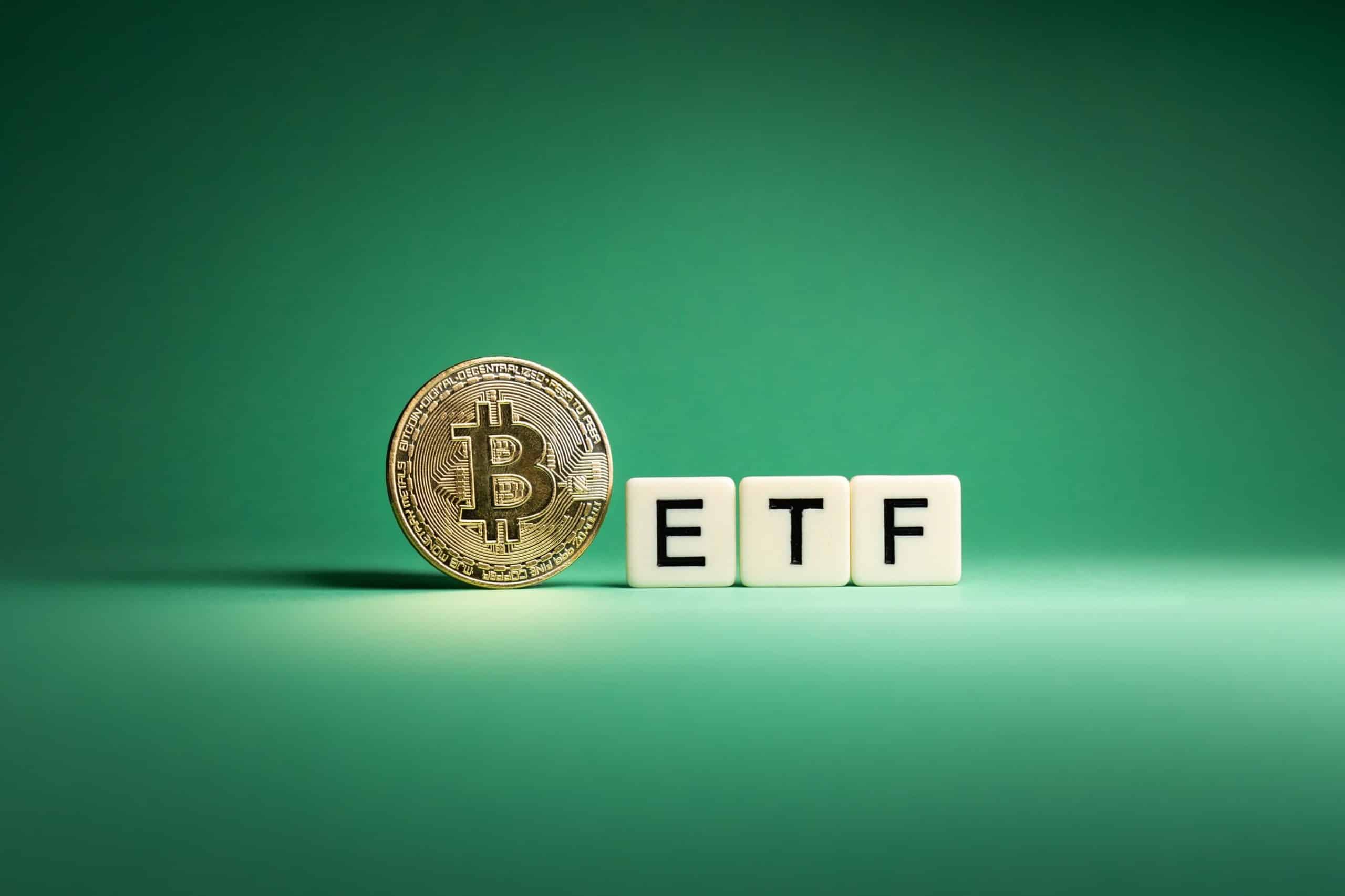FTT token jumps after renewed engagement on SBF’s X account
Sam Bankman-Fried’s X account posted a “gm” message that renewed community attention to the FTT token. The FTT token has rallied today, with trading volume jumping nearly six times the previous levels.
Federal inmates are prohibited from accessing the wider Internet or social media. Although the account later clarified that SBF did not personally post the message but was just a friend acting on his behalf, the FTT token has received renewed confidence from the community.
FTT rallies above 30% following SBF’s post
The FTT native token for the FTX exchange surged above 30% following the news to a high of $1.20, with a 24-hour volume of $66.6 million. The 24-hour volume has jumped above 580%, nearly six times the initial levels, with a market cap of $337.4 million. At the time of publication, the token was trading at $1.02, up by 23.9%, with very high volatility due to renewed market activity.
The FTX exchange filed for bankruptcy in November 2022, effectively losing the utility of its native token. FTT was previously used for reductions and as collateral for the exchange and now has attracted new trading interest despite losing its utility, with the ongoing liquidation of the FTX estate.
Cryptopolitan covered the developments of renewed activity on SBF’s X account after it began mass following on other profiles, including Web3 developers and Solana-related accounts. It also followed a list of automated accounts reposting American political developments, crypto users supporting a SBF pardon, developers, and meme profiles. The previous activity also triggered a brief token rally to above $1, but later declined.
Sam Bankman-Fried, the former CEO of FTX, is currently serving time after being convicted on seven counts of fraud and conspiracy. The federal court found him guilty of customer fund misappropriation to the tune of billions and misleading investors about the company’s finances. He was sentenced to 25 years in prison, recently transferred to the Federal Correctional Institute Terminal Island in Los Angeles, after spending 18 months at the Metropolitan Detention Center in Brooklyn, New York.
According to the Federal Bureau of Prisons laws, inmates can use Trulincs, a short message, text-only system constantly monitored to communicate with approved contacts. Trulincs does not provide external access to the internet or social media access. Furthermore, unauthorized cellphone use is strictly prohibited and may result in additional disciplinary charges, such as solitary confinement or reduced good conduct time. SBF’s account developments result from an outside friend posting on his behalf, which is allowed under the prison laws and would enable some inmates to communicate through outside contacts.
FTX Recovery Trust files a $1.15 billion lawsuit against Genesis Digital Assets
The FTX Recovery Trust has also filed a $1.15 billion lawsuit against Bitcoin mining firm Genesis Digital Assets (GDA) on Tuesday after it allegedly received preferential payments in the months preceding FTX’s collapse. Cryptopolitan has already covered the story, stating that SBF misused customer funds to purchase GDA stock at an inflated price through Alameda Research.
The report cited a September 22, 2025, filing in the U.S. Bankruptcy Court for the District of Delaware, where Alameda spent over $1.15 billion on 154 preferred shares of GDA in 2021 and 2022. The transition was allegedly planned to benefit SBF while shifting losses to FTX creditors. The complaint also claims that SBF sent $550.9 million directly to GDA co-founders Rashit Makhat and Marco Krohn. The FTX Recovery Trust has managed to distribute more than $6 billion to creditors and is preparing to release another $1.6 billion on September 30.
Some predictions online have placed a 9% probability that SBF may receive a presidential pardon before the end of 2025. SBF is scheduled for an appeal hearing in November, which may affect his current sentence lengthwise.
SBF’s defense counsel at Shapiro Arato Bach LLP and Federal Bureau of Prisons and FCI Terminal Island officials have not commented on the “gm” post.
Your crypto news deserves attention - KEY Difference Wire puts you on 250+ top sites
Vous aimerez peut-être aussi

Ethereum Price Forecast: ETH retest $4,000 as its funding rates flips negative

Bitcoin ETFs Outpace Ethereum With $2.9B Weekly Surge
